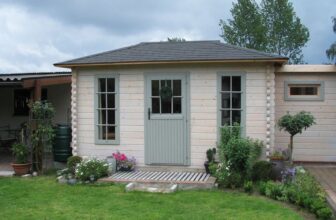The growing number of people looking for flexible, inexpensive, and ecological living options has led to a spike in the popularity of tiny houses. Choosing between a handcrafted tiny house and a prefabricated (prefab) model is a big decision for prospective tiny house owners in the community.
This decision affects the home’s long-term usefulness and satisfaction in addition to the initial cost and construction schedule. We examine the differences between prefabricated and custom small homes in this blog post, offering information to assist purchasers in making an informed choice.
Table of Contents
Understanding Custom Tiny Houses
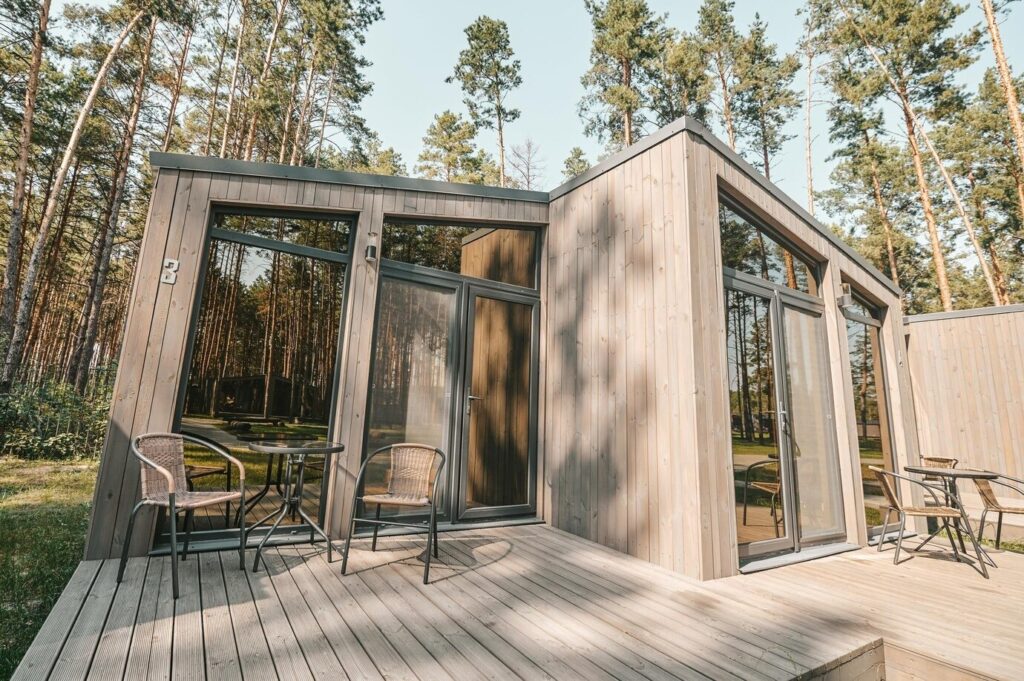
Source: freepik.com
Custom tiny houses shine in their ability to meet the exact needs and tastes of the owner. From the layout to the materials, every aspect can be tailored. This personalization ensures that the end product reflects the owner’s lifestyle, aesthetics, and sustainability goals. However, this high level of customization requires more time and interaction with architects or builders, which might be daunting for some.
The cost of these houses can vary significantly based on materials, design, and labor. While they allow for total control over the budget and features, they often end up being more expensive than prefab models. Additionally, building a custom small house usually takes longer, necessitating patience and flexibility from the buyer. The timeline can be affected by weather, material delivery delays, and unexpected construction challenges.
For those exploring tiny houses for sale and are willing to invest time and money, these custom houses can offer unparalleled satisfaction. Living in a space that’s been designed specifically for you can enhance your living experience and potentially increase the home’s resale value. However, it’s crucial to work with reputable builders and ensure your designs are future-proof to maximize long-term value.
Exploring Prefab Tiny Houses
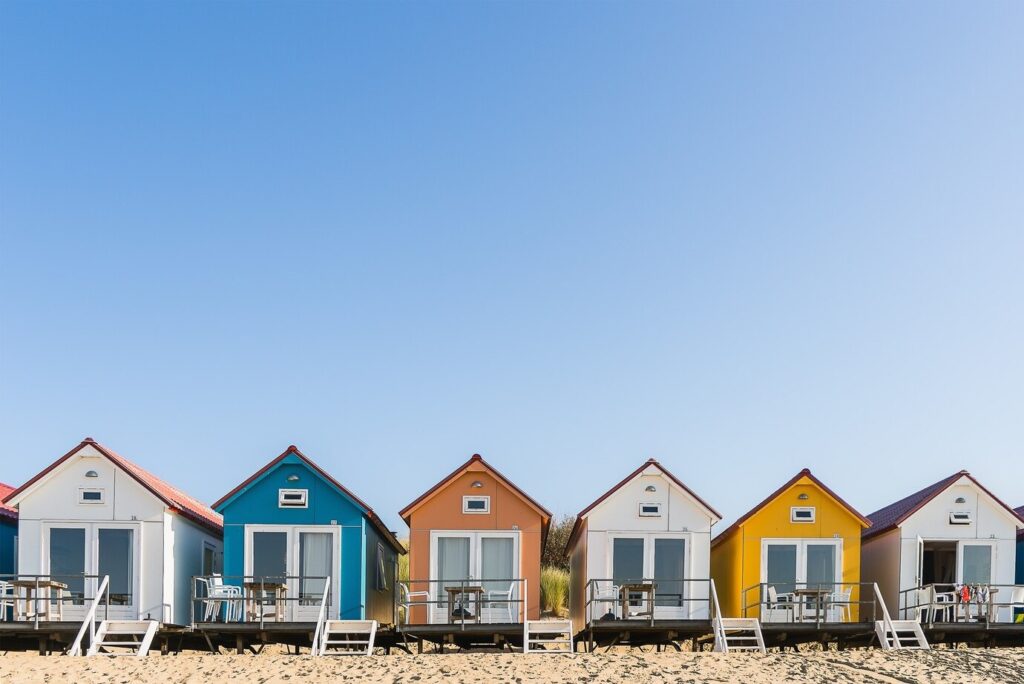
Source: freepik.com
Prefab tiny houses benefit from the efficiency of mass production. Standardized processes and materials lead to a faster construction timeline and lower costs. However, this standardization means fewer customization options, which might not appeal to those wanting a unique home. Despite this, many prefab options come with a range of pre-designed layouts and finishes, allowing for some level of personalization.
The main advantages are their lower price point and the quick turnaround time from purchase to move-in. The controlled factory environment reduces the risks of construction delays and material waste, contributing to overall affordability. For buyers with a limited budget or those eager to transition quickly to tiny living, prefab houses can be an attractive option.
Weighing Your Options
When considering a house, it’s crucial to weigh the benefits and drawbacks of both custom and prefab options.
Assessing Needs and Preferences
Prospective owners should assess their priorities, budget, and long-term goals. If personalization, specific design features, and material preferences are top priorities, a custom house might be the best fit. However, those prioritizing budget and speed may find prefab them more appealing. Understanding your needs and preferences is crucial in making a decision that you’ll be happy with for years to come.
Considering the Future
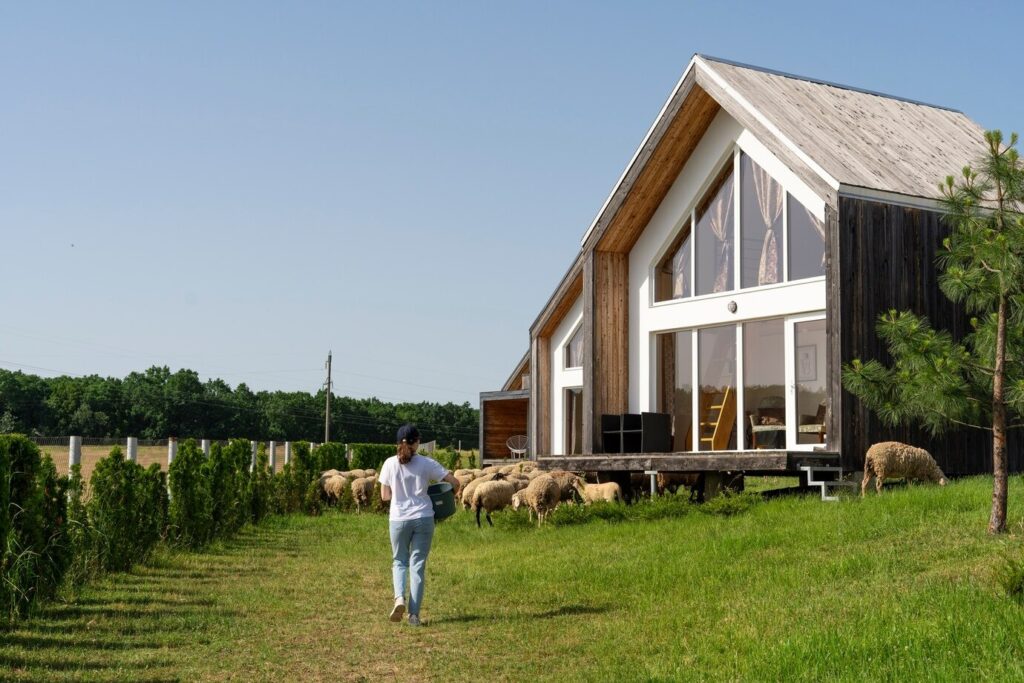
Source: freepik.com
When choosing between a custom or prefab tiny house, think about the long-term implications. Consider factors like potential relocation, changes in family size, and how the home might age over time. Custom homes can be designed with future changes in mind, while prefab homes offer a quicker solution that might cater to more immediate needs or a shorter-term living situation.
Making an Informed Decision
Before making a final decision, potential buyers should thoroughly research builders, financing options, and the specific regulations regarding them in their area. Consult with owners, visit model homes, and attend workshops to gain a comprehensive understanding of what each option entails. Whether you choose a custom or prefab house, ensure it aligns with your lifestyle, budget, and long-term housing goals.
Sustainability Considerations
Both custom and prefab small houses offer opportunities for sustainable construction. However, the materials used can significantly impact the environmental footprint of the home. Custom builders may have more flexibility in sourcing eco-friendly materials, such as reclaimed wood or low-impact insulation.
On the other hand, prefab homes often rely on standardized materials chosen by the manufacturer, which may or may not prioritize sustainability. Buyers concerned about environmental impact should inquire about the sourcing and sustainability credentials of materials used in both custom and prefab options.
Regulatory Considerations
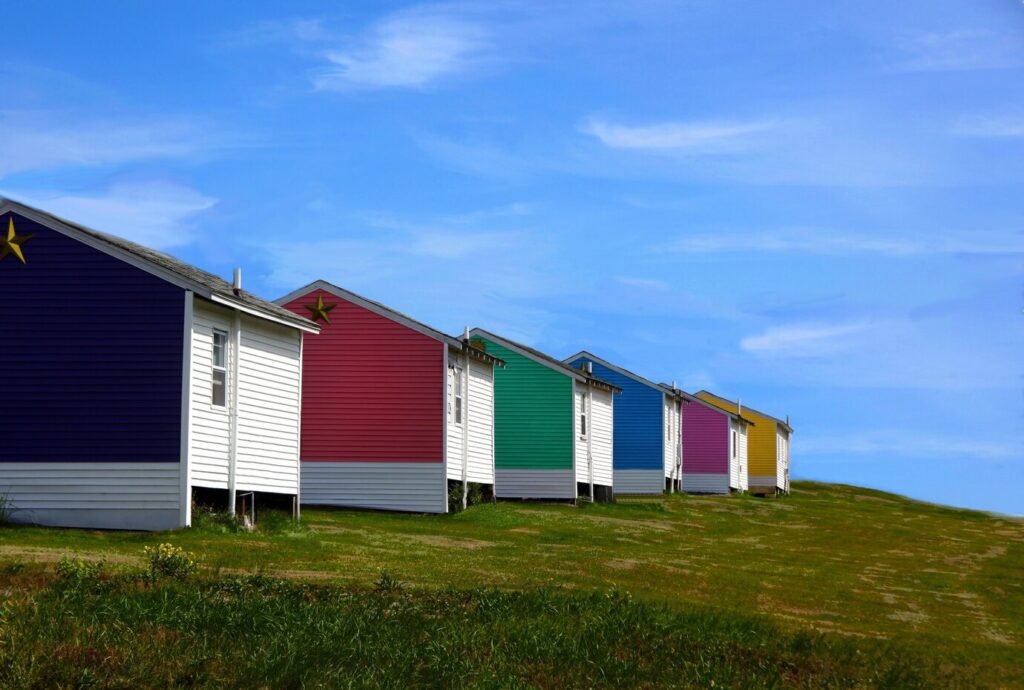
Source: freepik.com
Before embarking on a project, buyers must familiarize themselves with local zoning regulations and building codes. Custom and prefab houses may be subject to different regulations depending on factors such as size, foundation type, and intended use.
While some areas have embraced living and offer specific zoning ordinances, others may have stricter regulations or outright prohibitions. It’s essential to research the legal landscape thoroughly and consult with local authorities to ensure compliance with all relevant codes and ordinances.
In addition to zoning and building codes, obtaining permits and approvals is a crucial step in the building process. Custom and prefab homes may require different permits and approvals depending on factors such as location, size, and construction method.
Buyers should work closely with their builder or manufacturer to navigate the permitting process smoothly. Failure to secure the necessary permits can result in fines, delays, or even forced removal. Prioritize thorough research and proactive communication with local authorities to avoid potential setbacks.
Maintenance and Durability
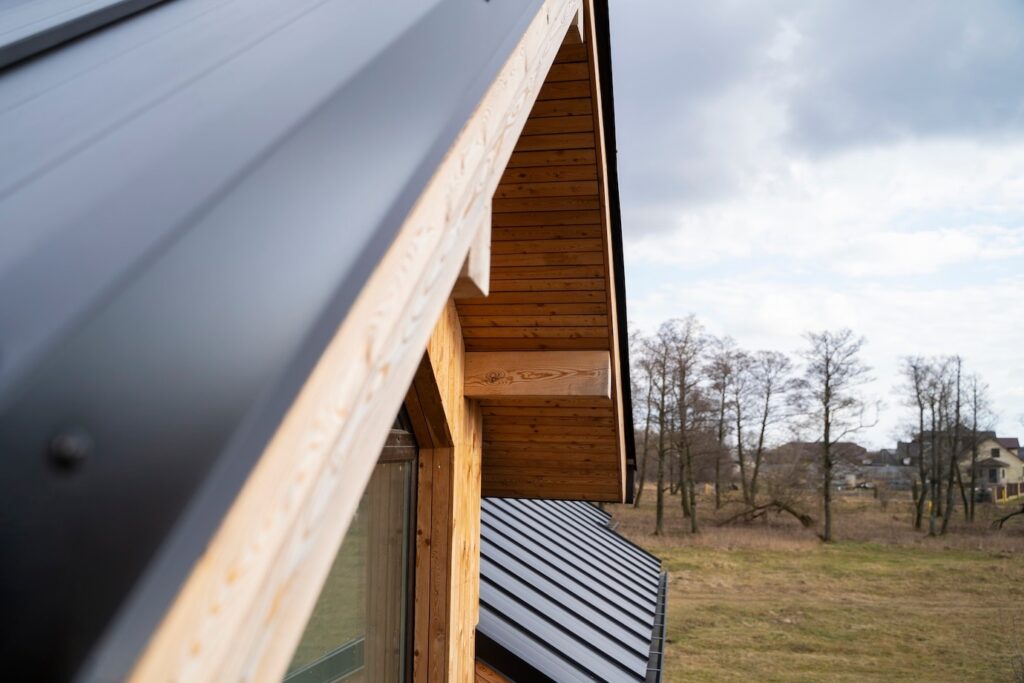
Source: freepik.com
Maintaining a tiny house, whether custom or prefab, requires ongoing attention to ensure its longevity and functionality. Custom homes may benefit from higher-quality materials and craftsmanship, potentially reducing the need for frequent repairs or upgrades.
However, the level of maintenance required ultimately depends on factors such as climate, usage, and building materials. Prefab homes, while typically constructed with durable materials, may require regular maintenance to ensure structural integrity and prevent wear and tear.
Conclusion
In conclusion, the choice between a custom and prefab house involves careful consideration of personal preferences, budget, timeline, and long-term plans. By understanding the nuances of each option and assessing their own needs, prospective buyers can make an informed decision that leads to a fulfilling living experience.






